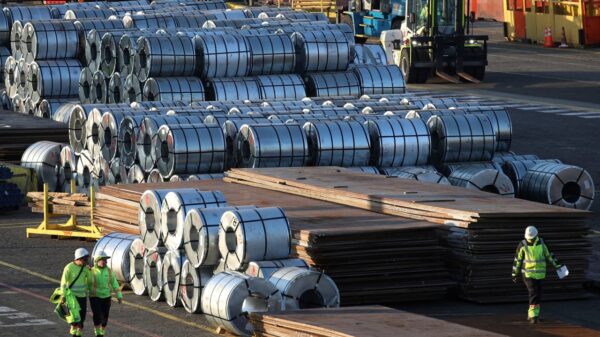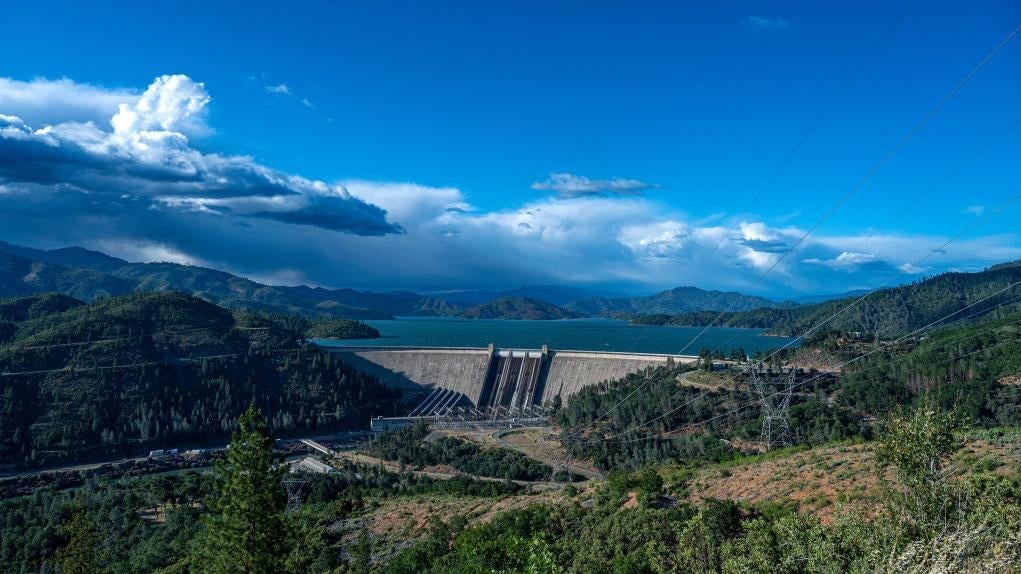Human activity, particularly the construction of dams, has caused significant shifts in the Earth’s poles, according to a recent study published in Geophysical Research Letters. Over the past 200 years, nearly 7,000 dams have been built worldwide, impounding water that has altered the planet’s mass distribution. This redistribution has led to a measurable drift of approximately three feet (one meter) in the Earth’s poles and resulted in a 0.83-inch (21-millimeter) decrease in global sea levels.
Understanding this phenomenon requires a look at how Earth’s structure operates. The planet’s solid crust encases a molten layer of magma. When mass is redistributed due to human activities, such as dam construction, the outer crust can wobble, adjusting its position relative to the molten interior. This shift causes the locations of the poles to change, a process referred to as true polar wander.
Natasha Valencic, a graduate student at Harvard University and the lead author of the study, explained, “As we trap water behind dams, not only does it remove water from the oceans—thus leading to a global sea level fall—it also redistributes mass around the world.”
The study’s findings stem from an analysis of a global database documenting dam locations and their water volumes. The database revealed that from 1835 to 2011, 6,862 large dams contributed to a notable decrease in sea levels by holding enough water to fill the Grand Canyon twice.
Two Phases of Polar Shift
The research indicates that the construction of these dams has caused the Earth’s poles to shift in two distinct phases. The first phase, spanning from 1835 to 1954, coincided with a surge in dam construction primarily in North America and Europe. During this period, the North Pole moved approximately 8 inches (25 centimeters) toward the 103rd meridian east, a line that traverses regions of Russia, Mongolia, and China.
The second phase occurred from 1954 to 2011, when most dams were built in Asia and East Africa. This wave of construction resulted in the North Pole shifting an additional 22 inches (57 centimeters) toward the 117th meridian west, which extends through western South America and the South Pacific.
The shifts are not uniform; they follow a complex, wobbly trajectory that does not allow for a straightforward addition of the total displacement. While the changes may seem subtle, they underscore the importance of considering the effects of dam construction on sea level projections.
Implications for Future Sea Levels
In the 20th century, global sea levels rose between 4.7 and 6.7 inches (12 to 17 centimeters). Valencic noted that human activities, particularly the trapping of water in dams, accounted for about a quarter of that increase. “Depending on where you place dams and reservoirs, the geometry of sea level rise will change,” she emphasized. “That’s another factor we need to consider, because these changes can be quite large and significant.”
The findings from this study raise critical questions about how future dam projects may influence both local and global sea levels. As researchers continue to explore the implications of human-engineered structures on the planet’s geography, the need for careful planning and consideration becomes increasingly evident.






































































